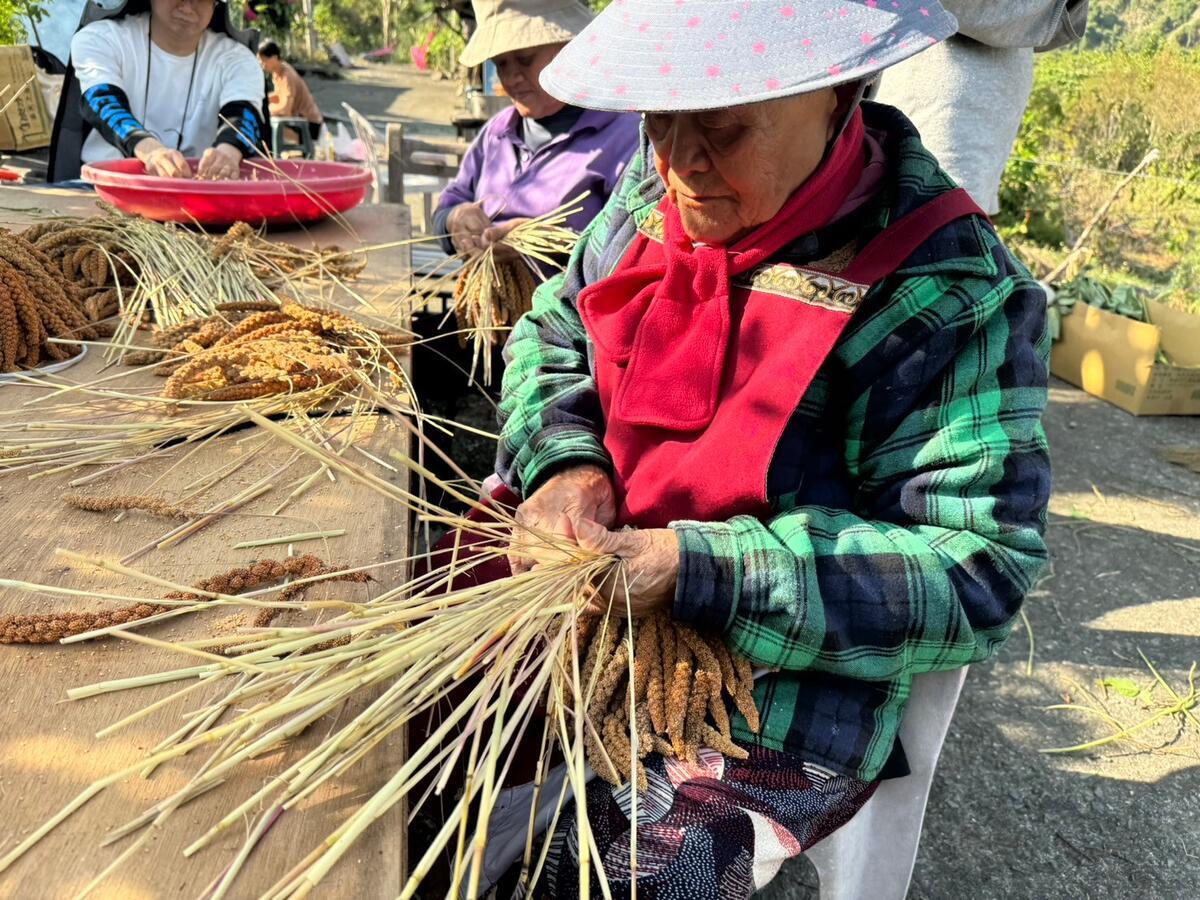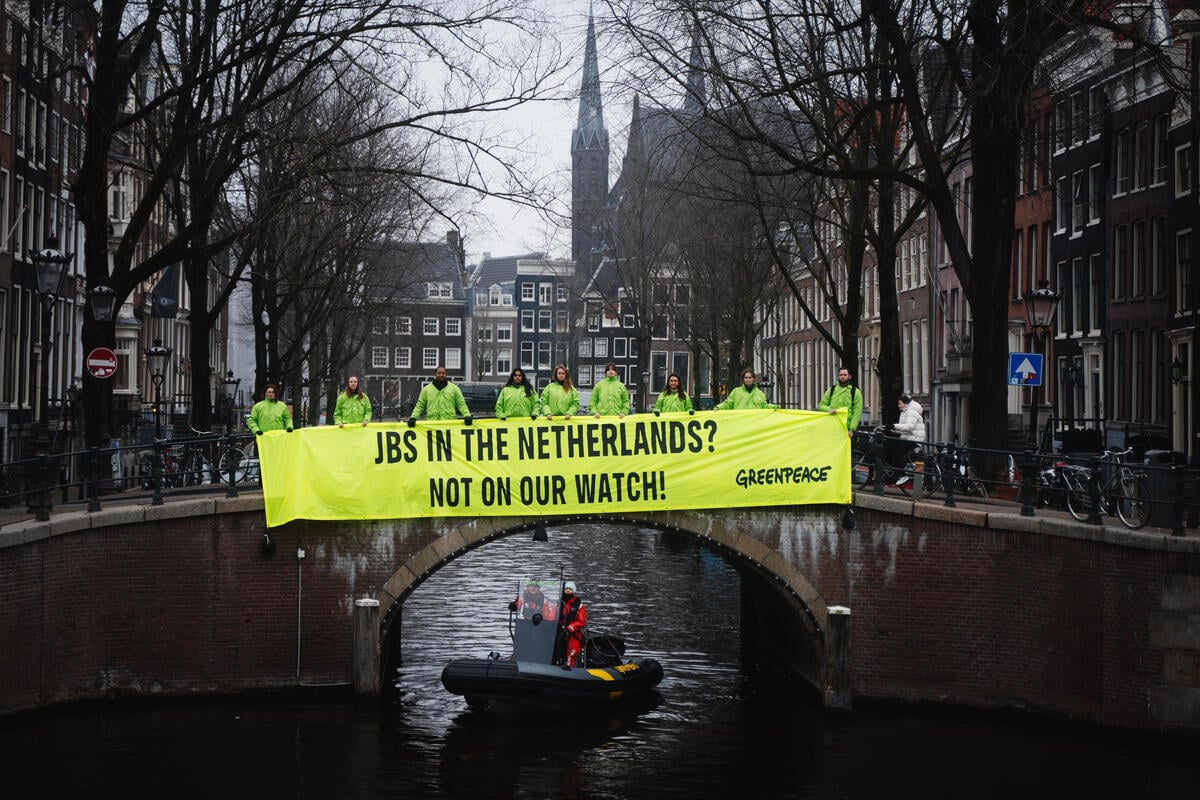A recap of what happened in the last few months
Like many people on New Year’s eve, I was very hopeful that 2021 could bring hope and change especially after a very challenging pandemic year. I was excited at the prospect of leaving my lockdown life behind, to see family and loved ones- to finally live and experience life without fear. Unfortunately, things have not changed much for most of the world. The ‘new normal’ is normal now.
While Covid-19 remains a threat, many of us forgot about the other bigger threat to humanity. A looming monster that has been around for much longer putting millions in harm’s way. Unfortunately, there is no cure yet for this menace and once again, the world needs to tackle this problem collectively, head-on.
At the start of 2021, the world was beset by climate emergencies one after another. We have seen extreme weather events, from the chilling polar vortex in North America, the super cyclones in Africa, to the devastating floods in Australia and parts of Asia. There were also record-breaking sandstorms and unprecedented wildfires.
Scientists have long sounded the alarm on the climate crisis. Until world governments come together and commit to ambitious action for climate and social equity, no one is safe.
January
Record-breaking snow in Spain
The year started with an unprecedented snowstorm in Spain. On the 8th of January, Filomena brought record-breaking cold waves and heavy snowfall in the Spanish capital Madrid which has not experienced such a phenomenon since 1917. Filomena also paralyzed many parts of the country, disrupting air and land transport.
Flash floods in Indonesia
Floods caused by seasonal heavy rainfall, massive land clearing for palm oil and coal mining in South Kalimantan resulted in water levels rising up to two meters. The floods inundated hundreds of houses and forcing thousands of residents to flee their homes and find shelter on higher ground.
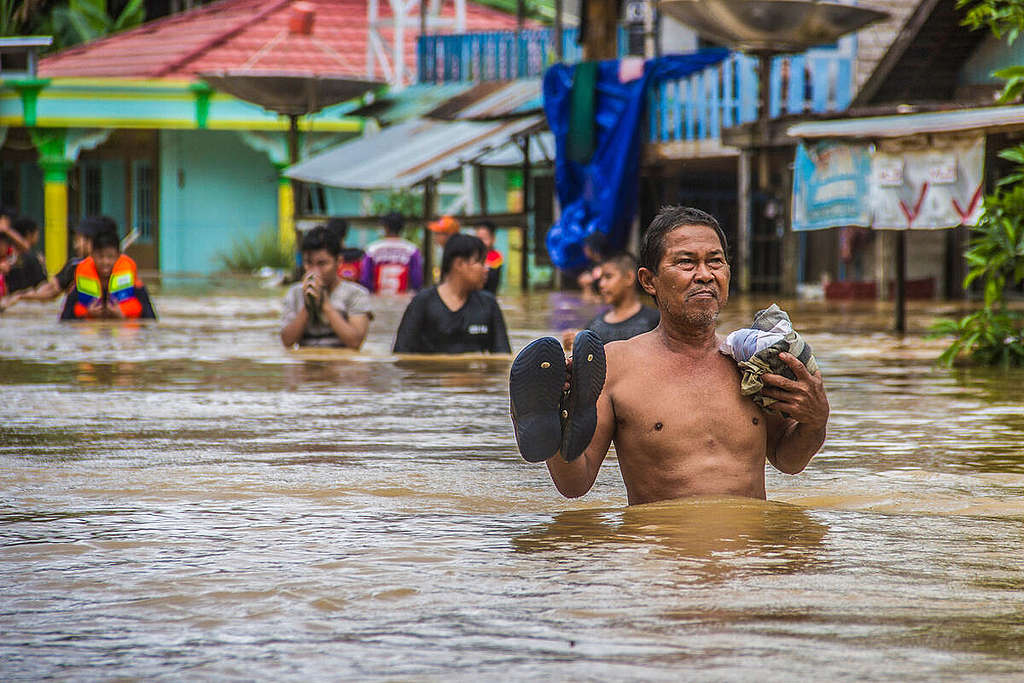
Snowstorm in South Korea
Seoul, South Korea recorded its coldest day in 35 years. On January 5th, official overnight temperature hit -18.6ºC, the lowest since January 5, 1986.
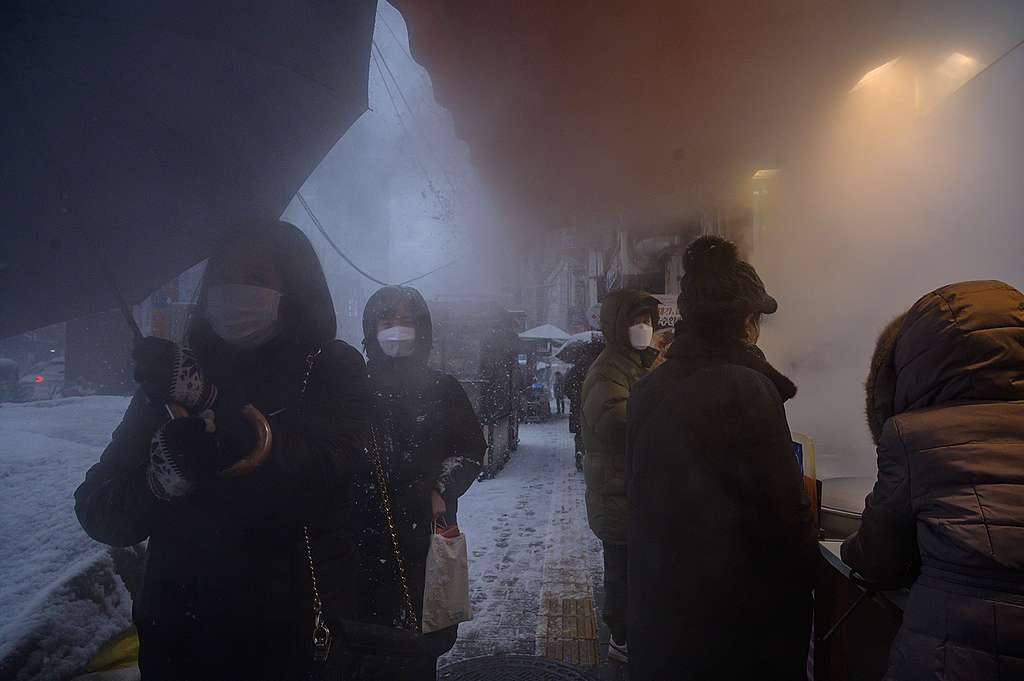
Cyclone Eloise in Africa
Cyclone Eloise, the third cyclone to hit the Mozambican coast since 2019, affected more than 250,000 people, displacing at least 18,000 and destroying schools, roads, and other vital infrastructure. It led to at least 27 deaths and damages in Madagascar, Mozambique, Zimbabwe, Botswana and South Africa.
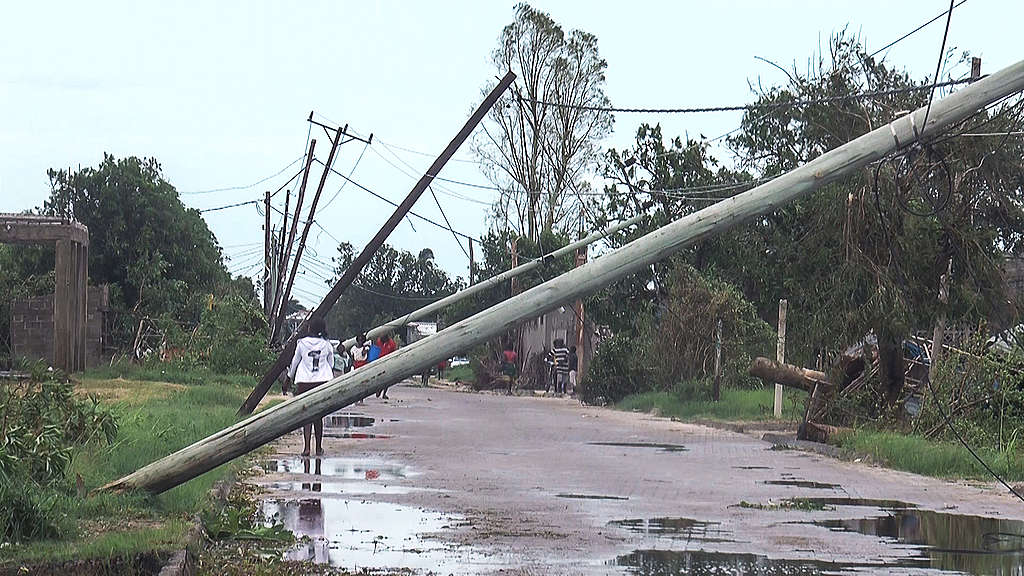
February
Polar vortex in Texas
Texas was hit by a powerful polar vortex, with record-setting low temperatures that cut state power lines and water systems, leaving millions in the cold.
Floods in Indonesia’s West Java
Seasonal rains triggered flash floods in Indonesia’s West Java island. Rivers swelled. Houses were covered up to 40 to 100 inches of water. Thousands were displaced and left homeless.
Flooded regions of Acre, Brazil
Floods inundated several cities in the Amazon rainforest. Local cities and villages were badly hit. Aside from battling Covid-19, the Indigenous populations of the region have had to compromise their diet due to the destruction of their plantations.
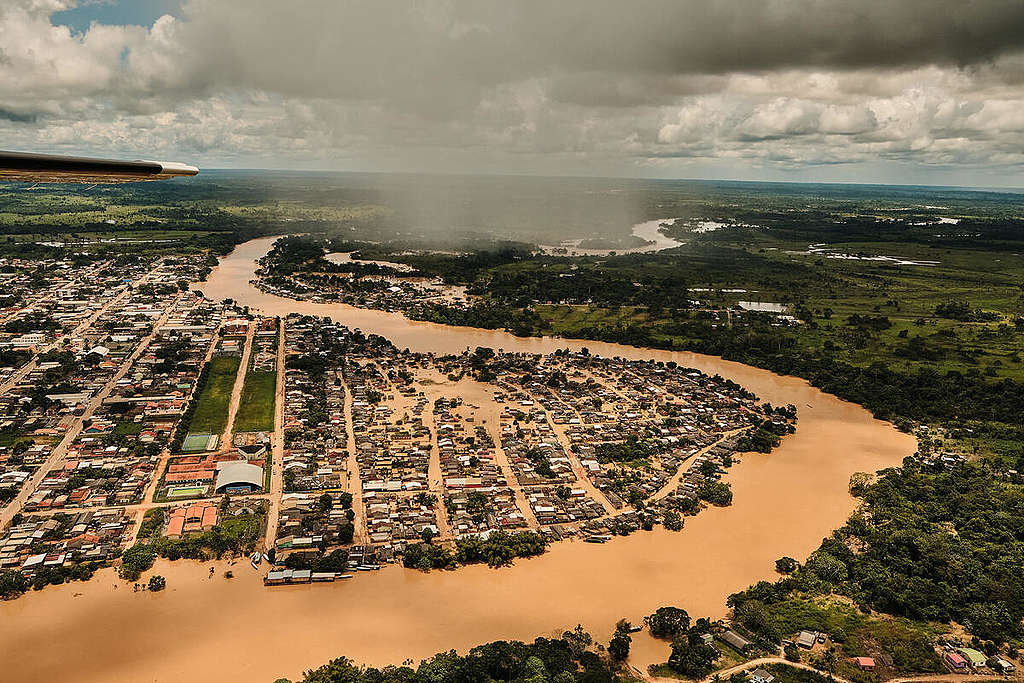
Kenya’s locust attacks
Since 2019, Kenya has experienced unprecedented threats from desert locust invasion linked to climate change. Locust invasions put millions of Kenyans at risk of food and nutrition insecurity. Measures- such as the use of toxic pesticides that have been scientifically proven to cause harm to either the environment, humans or non-target organisms such as bees, fish and ants to control locusts- raise pertinent questions.
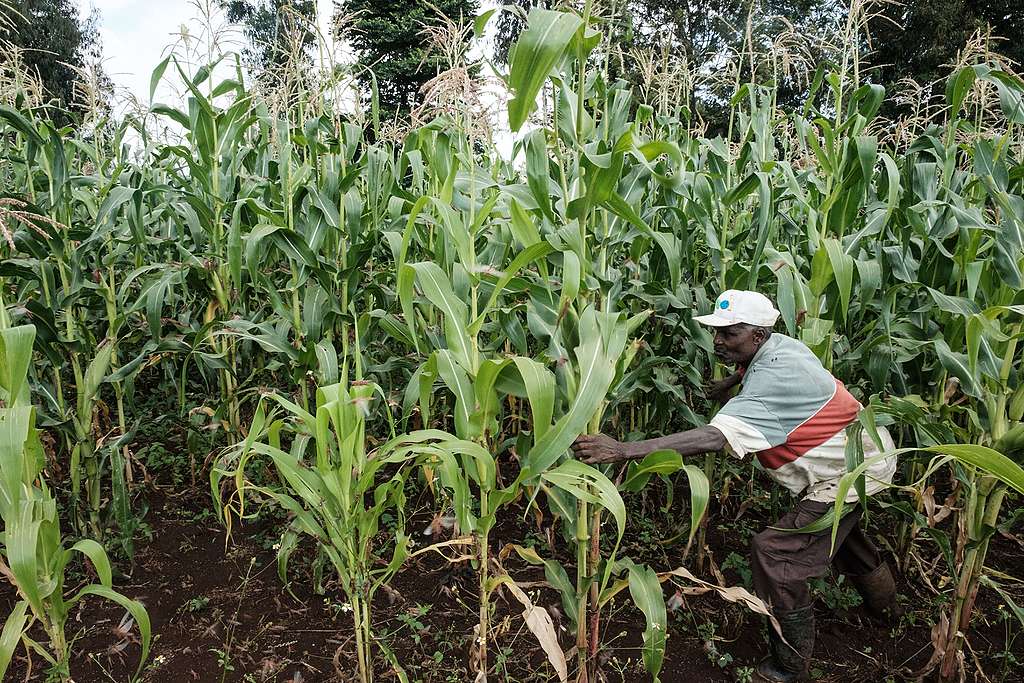
March
Beijing sandstorm
Beijing experienced its worst sandstorm in a decade, with the city shrouded in a yellow haze
Australian floods
After the worst bushfires in 2020, Australian witnessed devastating floods in many cities this year.
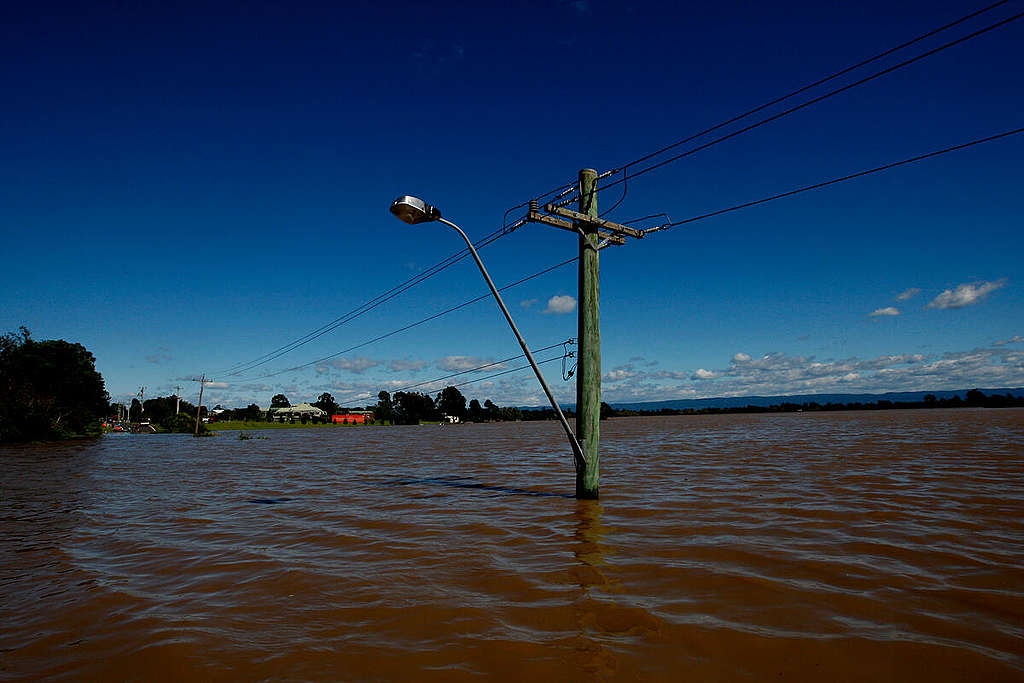
April
Forest fires in Nepal
Firefighters at work to extinguish a forest fire in the Nagarkot area of Bhaktapur District, some 32 km North, east of Kathmandu.
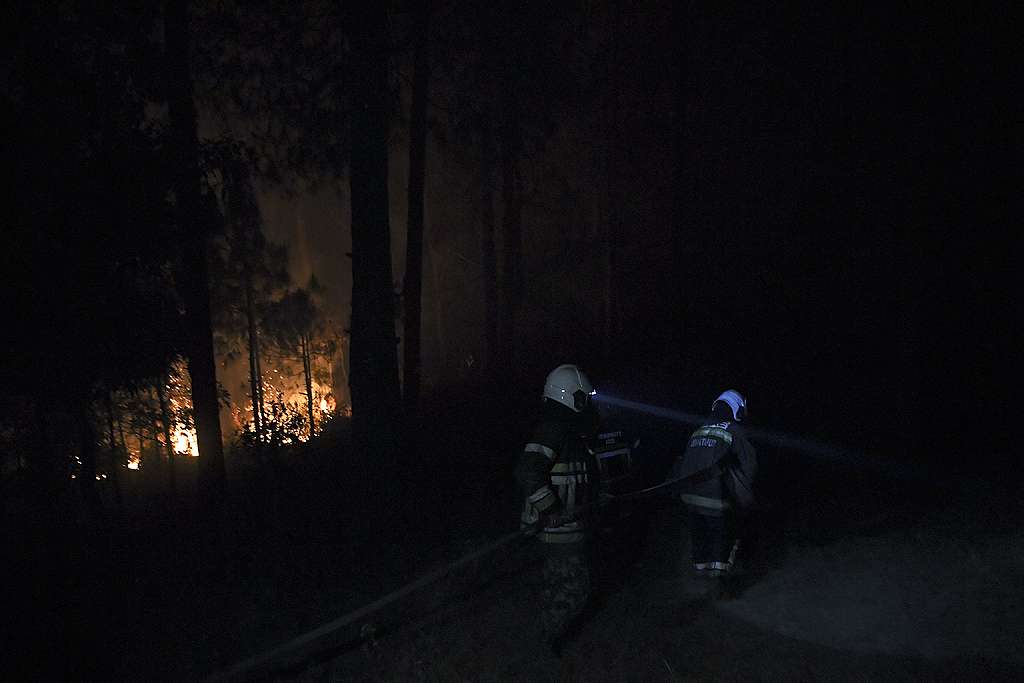
Floods in Angola
Flash floods hit the coastal city of Luanda, leaving 14 dead and displacing more than 11,000 people. The hours-long storm pounded the capital triggering flash floods that brought down buildings and swept away trees and cars.
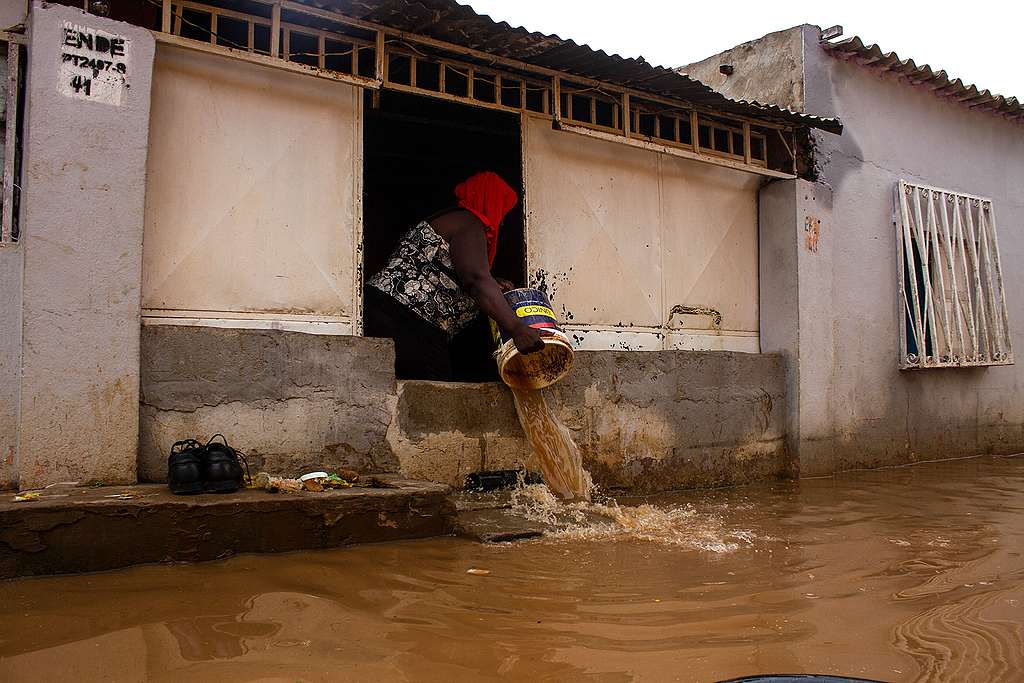
Another sandstorm hits Beijing
Beijing experienced yet another sandstorm as the city turned orange for days.

